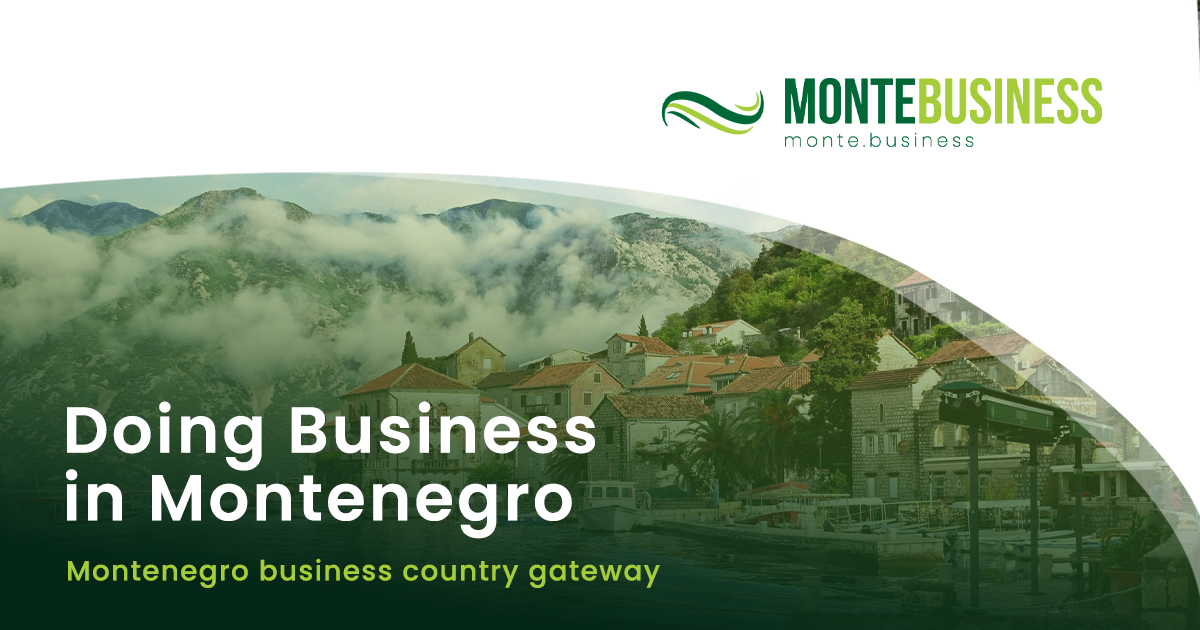Compared to neighboring countries like Croatia and Albania, Montenegro is significantly less connected to major European hubs. The number of direct flights is limited, especially outside the main summer season, and low flight frequency discourages short-term and weekend tourists.
Additionally, airfare prices are considerably higher than those to comparable destinations, making Montenegro less attractive to middle-class travelers.
The sanctions imposed on Russia have also had a significant impact. Before the sanctions in 2022, Montenegro had over ten direct flight routes to Russian cities, bringing tens of thousands of tourists annually. In 2021 alone, more than 110,000 passengers arrived from Russia, making it one of Montenegro’s most important tourism markets.
The closure of these routes resulted in substantial losses to Montenegro’s tourism sector, including airport revenues, hospitality, and local communities, estimated at over 30 million euros in three years.
Overall, the sanctions have cost Montenegro more than 250 million euros, including losses in tourism, investments, and exports.
Former Finance Minister Aleksandar Damjanović criticized the government of Zdravko Krivokapić for blindly following the EU sanctions policy against Russia.
He stated that Montenegro could have balanced EU integration goals while protecting its economic interests by negotiating exemptions, such as keeping airports in Tivat open for Russian flights, which would have brought significant financial benefits.
Currently, Montenegro’s airports in Podgorica and Tivat face infrastructure constraints. Tivat, as the main gateway to the coast, operates near capacity during peak season, often lacking adequate services, cooling, and enough gates. Years of postponed investments and political disputes have hindered infrastructure development.
Unlike countries that develop year-round tourism, Montenegro relies heavily on seasonal charter flights, mainly from Eastern Europe, resulting in a short and vulnerable tourism season sensitive to geopolitical and economic disruptions.
To transition from a seasonal to a sustainable tourism economy, Montenegro urgently needs a stable, professional, and long-term aviation strategy that improves air connectivity, modernizes infrastructure, and coordinates promotion. Without this, the country’s tourism potential will remain underutilized, with short, expensive, and uncertain seasons.








